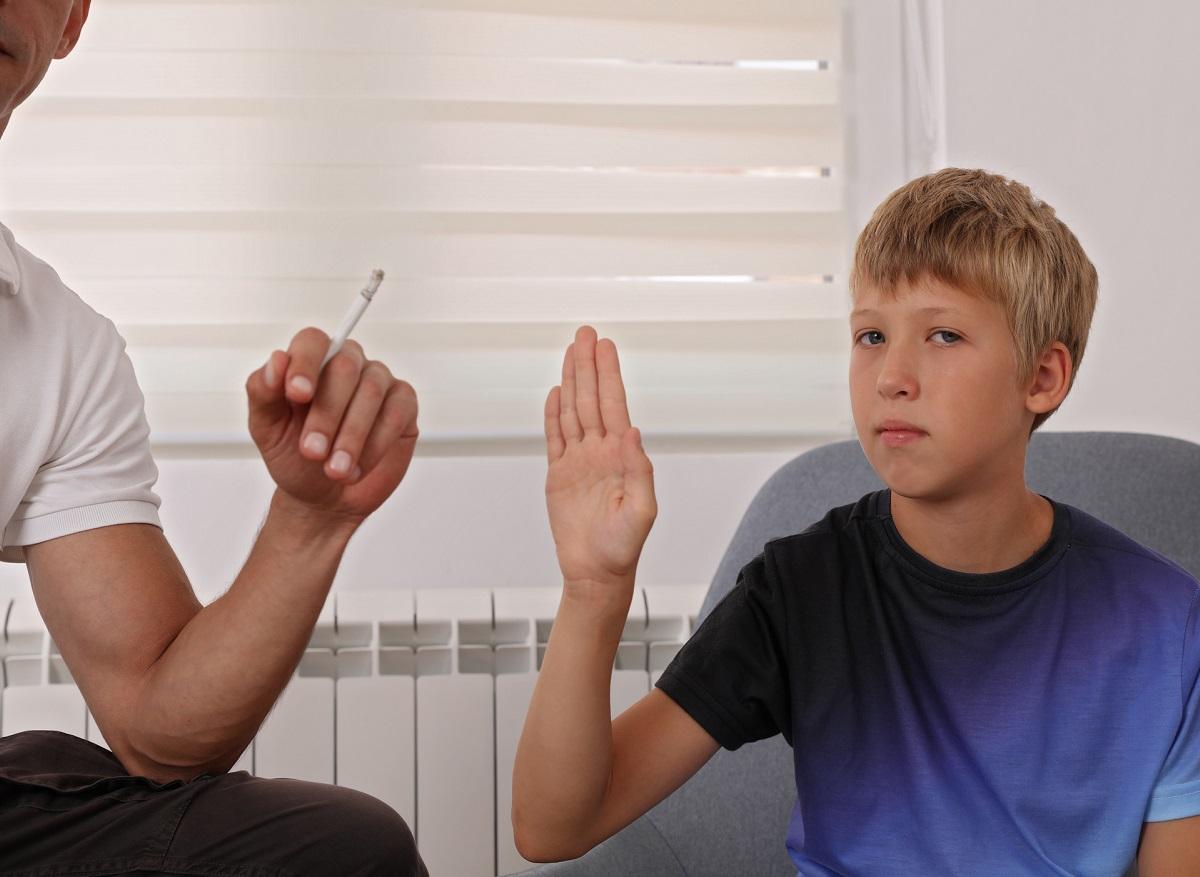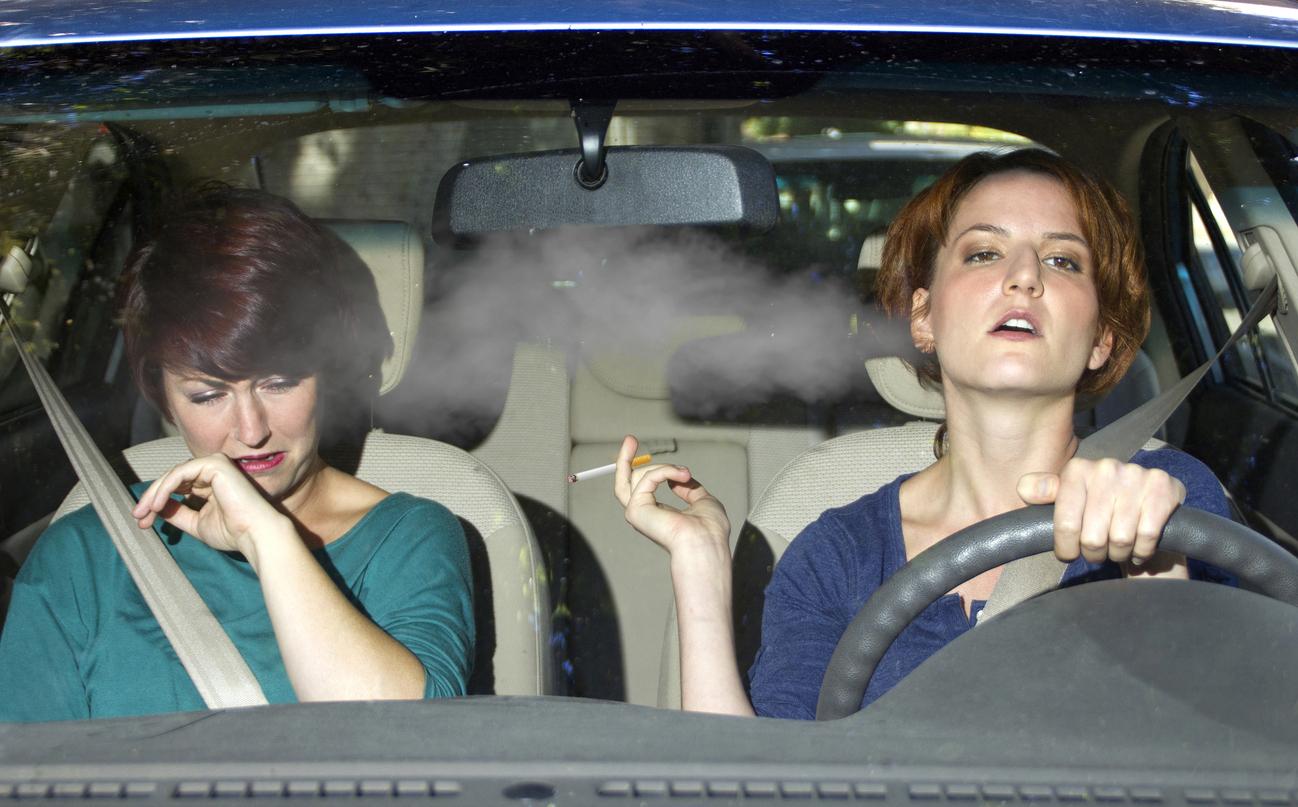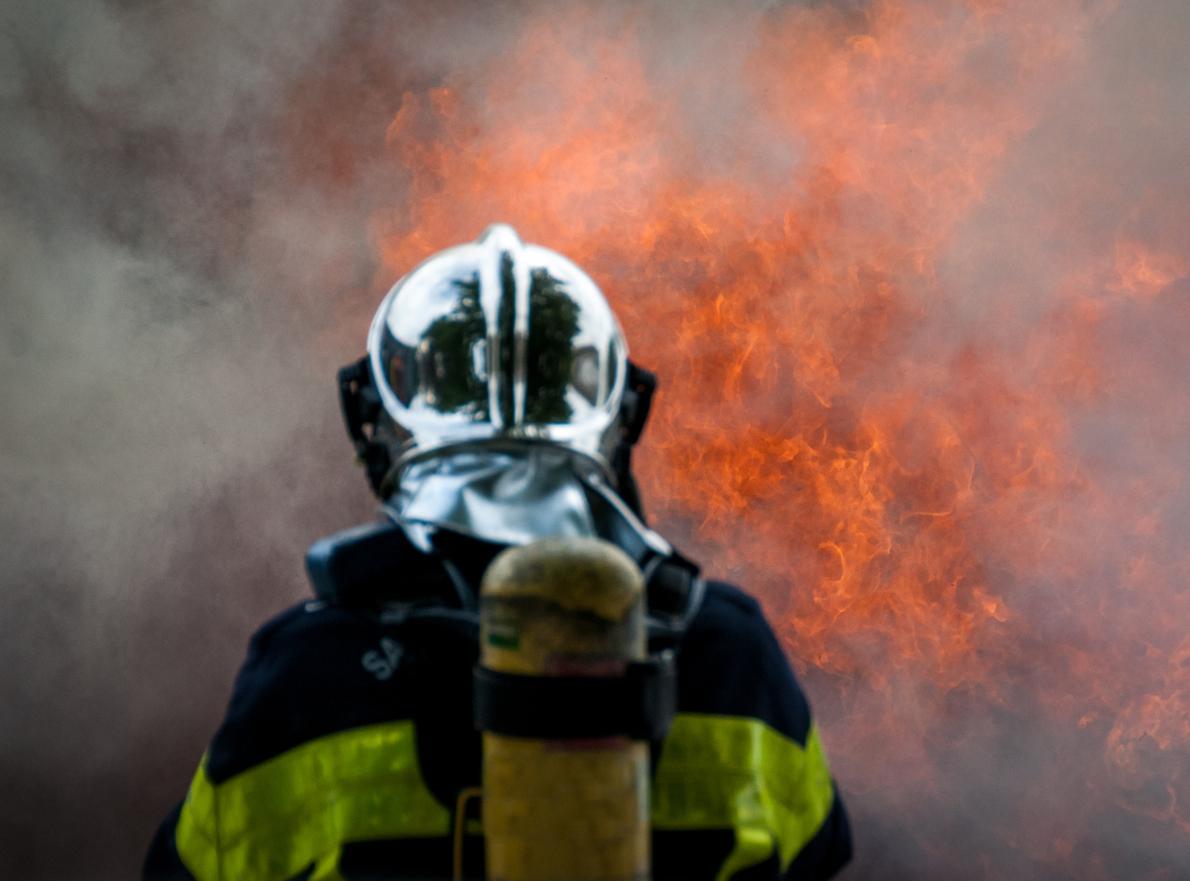Passive smoking, i.e. the involuntary inhalation of tobacco smoke, is a major public health problem. Although often overlooked or underestimated, it represents a serious danger to everyone’s health, particularly to children and pregnant women.

- Secondhand smoke exposes non-smokers, especially children and pregnant women, to many health risks, ranging from respiratory irritation to serious diseases such as cancer.
- Living and working spaces are often contaminated by tobacco smoke, endangering the health of all those exposed to it.
- To protect public health, it is essential to continue prevention efforts, including by strengthening anti-smoking laws and developing effective awareness campaigns.
Tobacco smoke contains over 7,000 chemicals, many of which are carcinogenic. When a nonsmoker inhales this smoke, they are exposed to a toxic cocktail that attacks their airways and their entire body.
Serious health consequences
The health consequences of passive smoking are multiple and can be short or long term.
• Short term effects : Irritation of the eyes, nose and throat, cough, headache, worsening of allergies and asthma.
• Long term effects : Passive smoking significantly increases the risk of developing many serious diseases, including:
- Cancers: lung, bladder, pancreas…
- Cardiovascular diseases: myocardial infarction, stroke.
- Chronic respiratory diseases: chronic bronchitis, emphysema.
The most vulnerable: children and pregnant women
Children are particularly susceptible to the effects of second-hand smoke. Because their immune systems are still immature, they are more vulnerable to respiratory infections and allergies. Exposure to tobacco smoke can lead to growth delays, learning problems and an increased risk of developing asthma.
Pregnant women and their babies are also particularly at risk. Secondhand smoke during pregnancy can cause premature births, low birth weight babies and increase the risk of sudden infant death syndrome.
Where is the danger hiding?
Passive smoking is not limited to enclosed public places where smoking is now banned in many countries. It is also found:
• At home : Exposure to passive smoking is often greatest at home.
• In vehicles : Smoking in a car with children on board is particularly dangerous.
• In the workplace : Although the law prohibits smoking in enclosed spaces, smoke can spread through ventilation systems.
Take action to protect your health and that of others
To combat passive smoking, several measures can be implemented:
• Strengthen anti-smoking legislation : Extend smoking bans to new locations, increase taxes on tobacco products.
• Raising awareness among the population : Inform about the dangers of passive smoking, set up targeted communication campaigns.
• Supporting smokers who want to quit : Offer smoking cessation assistance programs accessible to all.
• Protecting non-smokers : Require enclosed public places to have effective ventilation to eliminate smoke particles.
Passive smoking is an invisible scourge that has serious health consequences. It is our duty to do everything possible to protect our health and that of our loved ones by fighting against this scourge.

















